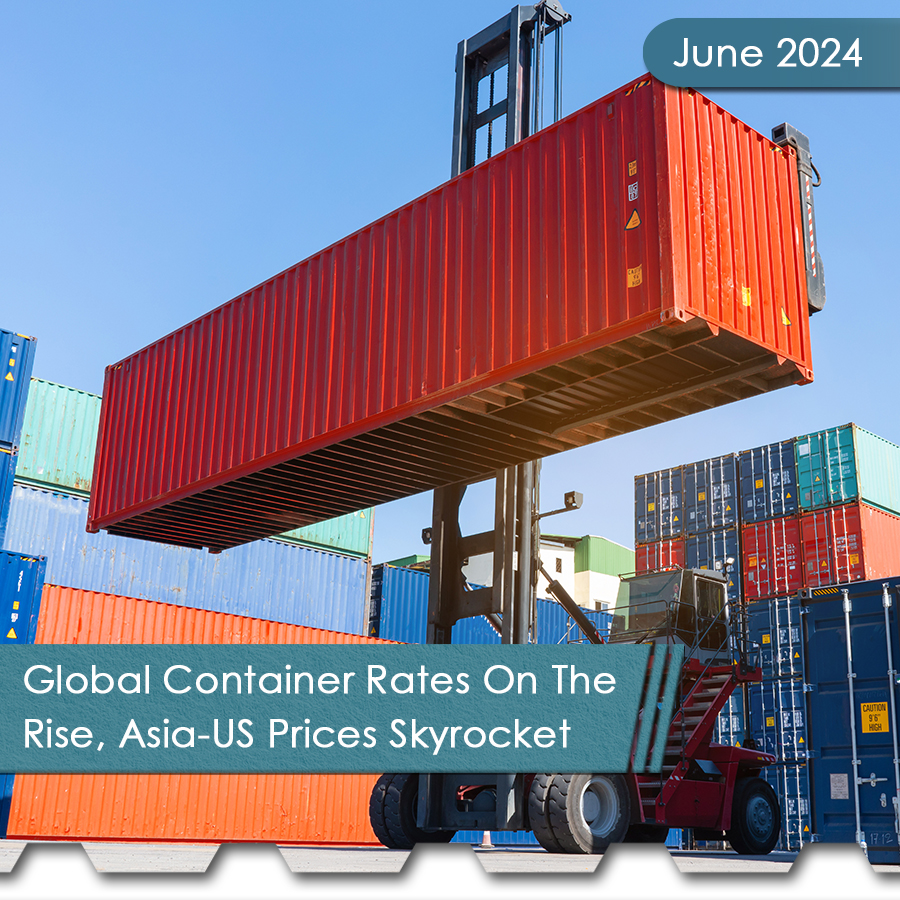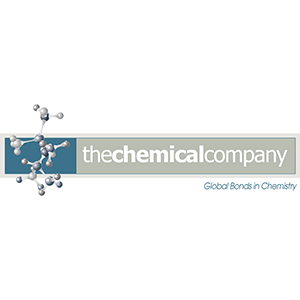Overview
According to the American Chemistry Council (ACC), the chemical industry is enjoying a robust economic upturn. Apparently, 96 percent of all manufactured goods in our chemistry-dependent economy are touched in one way or another by the chemical industry, thus producing $700 billion of products to flow through the American economic system each year. So, business is brisk and looking bright for the next few years, with plastics leading the pack in production, innovation, and export.
Although the overall chemical industry is showing solid positive indices, projects like the Keystone XL Pipeline are weakening the momentum with the president’s veto. Additionally, many economic pundits are viewing the positive economy with skepticism, and many investment experts are proceeding with caution. America cannot continue to uphold economic stability when the global economy is in a slump, and for the most part, that is the case. Since the chemical industry is involved with 96 percent of American products, if the overall economy is not experiencing similar progress, the growth rate of the chemical business could certainly be affected. Let’s see what the experts have to say about the economic trends that influence the wellbeing of the chemical industry and the overall economy.
U. S. Chemical Exports Surpass $190 Billion in 2014
According to the American Chemistry Council Flow Chart, the $812 billion American chemistry business had a banner year in 2014 and is expected to expand nearly 8 percent per year through 2019. This healthy report and forecast is based on industry performance over the period of one year. The report cites the chemistry-dependent economy and the economic potential for plastics-to-oil technologies in the U. S. as determining factors for continued success.
Hiring the Skilled American Work Force
An online Trans Canada article clearly explains the economic benefits of the $5.3 Billion Keystone XL Pipeline project that was vetoed by President Obama. Construction of the 1,179-mile pipeline would put 9,000 skilled Americans to work. From welders to heavy equipment operators, the massive project needs the American labor force. In addition to the construction workers, the project would hire another 7,000 support workers. The two tanker train wrecks in the past month already proved that the network of pipelines throughout the country provide a safer way to deliver oil than transporting by rail.
Oil Minister—Saudi Arabia is not Waging a Price War on U. S. Shale Oil
Forbes staff writer Christopher Helman wrote a report on Saudi Oil Minister Ali Al-Naimi’s Berlin speech where he claimed that Saudi Arabia and other OPEC countries were being unfairly accused of waging a price war on U.S. shale oil production. “In November, I believe OPEC made an historic decision. It did not intervene in the market,” Al-Naimi said.
Full Story
The ‘Smart Money’ has Lost Faith in the Bull Market
A Fiscal Times article by Anthony Mirhaydari reports on investors feeling very good about the current state of the bull market that has reached levels not seen in more than 10 years. However, economists and other Wall Street pundits concur that the market is on the threshold of a “come back to reality” moment. They are all advising investors to proceed with caution.
U. S, Adds 295,000 Jobs in February
A Daily Finance article by Luca Mutikani reports that U.S. employment growth accelerated in February and the jobless rate fell to a more than 61/2 year low of 5.5 percent. This could encourage the Federal Reserve to consider hiking interest rates in June. Nonfarm payrolls rose from 239,000 in January to 295,000 the following month despite bad weather that shut down businesses across large swaths of the country. Do these signs of economic growth and stability agree with predictions by the economic experts? The data appears to conflict.






